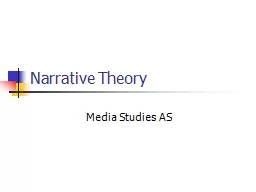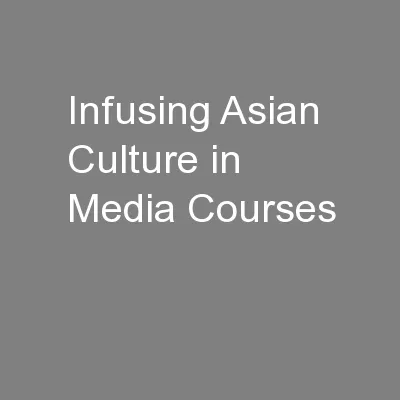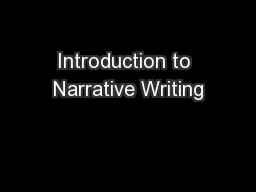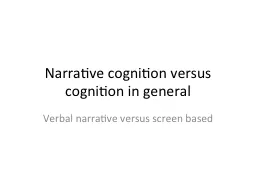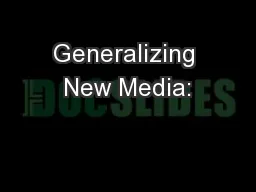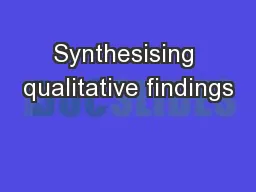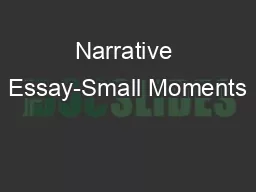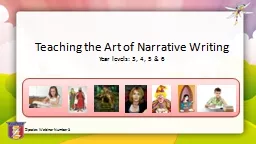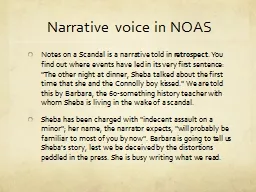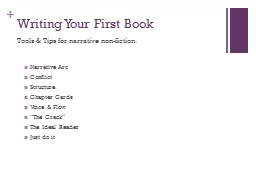PPT-Narrative Theory Media Studies AS
Author : briana-ranney | Published Date : 2018-10-23
Narrative the way in which a story is told in both fictional and nonfictional media texts Vladimir Propp Russian critic and literary theorist Analysed over 100 Russian
Presentation Embed Code
Download Presentation
Download Presentation The PPT/PDF document "Narrative Theory Media Studies AS" is the property of its rightful owner. Permission is granted to download and print the materials on this website for personal, non-commercial use only, and to display it on your personal computer provided you do not modify the materials and that you retain all copyright notices contained in the materials. By downloading content from our website, you accept the terms of this agreement.
Narrative Theory Media Studies AS: Transcript
Download Rules Of Document
"Narrative Theory Media Studies AS"The content belongs to its owner. You may download and print it for personal use, without modification, and keep all copyright notices. By downloading, you agree to these terms.
Related Documents

